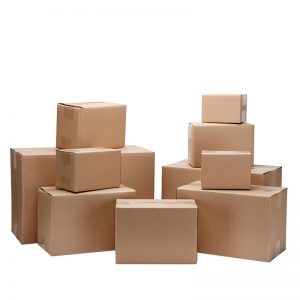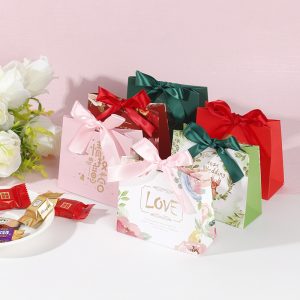The art of food boxes lies in the combination of culinary creativity, visual appeal, and thoughtful curation. Food boxes are not just a means of delivering groceries; they have evolved into a form of artistic expression and an immersive culinary experience. Here are some aspects that contribute to the artistry of food boxes:
- Curation and Theme: A well-crafted food box often follows a specific theme or concept. It might revolve around a particular cuisine, seasonal produce, a celebration, or a unique culinary experience. The careful curation of ingredients and dishes creates a cohesive and delightful package for the customer.
- Visual Presentation: Food boxes are designed to be visually striking and aesthetically pleasing. From the selection of vibrant and colorful ingredients to the arrangement of items within the box, every element is carefully considered to create an attractive and appetizing presentation.
- Culinary Innovation: Food boxes provide an opportunity for culinary innovation and exploration. Chefs and food box creators can experiment with new recipes, fusion cuisines, and unique flavor combinations that challenge traditional boundaries and excite customers’ palates.
- Inclusion of Artisanal Products: Many food boxes feature artisanal and locally sourced products that add a touch of uniqueness and craftsmanship. This can include handmade chocolates, artisanal cheeses, specialty sauces, or unique spice blends.
- Seasonal and Local Emphasis: Emphasizing seasonal and locally sourced ingredients not only supports sustainable practices but also adds an element of storytelling to the food box. It connects customers to the region’s flavors and culinary traditions.
- Personalization: Some food box services allow customers to customize their boxes based on their preferences and dietary restrictions. The art lies in tailoring each box to the individual’s tastes while maintaining a cohesive and delightful experience.
- Surprise and Delight: Food boxes often include surprise elements, such as mystery ingredients, special treats, or personalized notes. These little touches create a sense of excitement and delight for the recipient.
- Artistic Packaging: The packaging itself can be a work of art. Some food boxes feature custom-designed boxes, wraps, or labels that reflect the brand’s identity and add to the overall visual appeal.
- Storytelling: The art of food boxes also involves storytelling. Each box can tell a story about the origin of the ingredients, the people behind the products, or the inspiration behind the culinary creations. This narrative engages customers on a deeper level.
- Social Media and Marketing: Social media plays a significant role in showcasing the artistry of food boxes. The creative presentation and beautiful visuals are often shared online, generating excitement and attracting new customers.
In conclusion, the art of food boxes combines culinary creativity, visual aesthetics, and storytelling to offer customers a unique and immersive gastronomic experience. It represents the fusion of food, design, and culture, appealing to both the taste buds and the eyes of those who receive and enjoy them.








